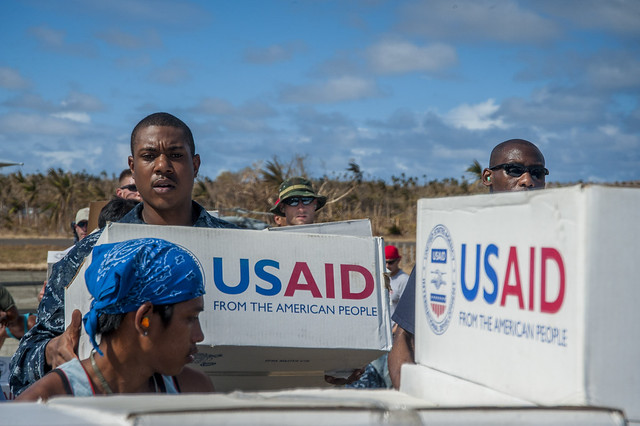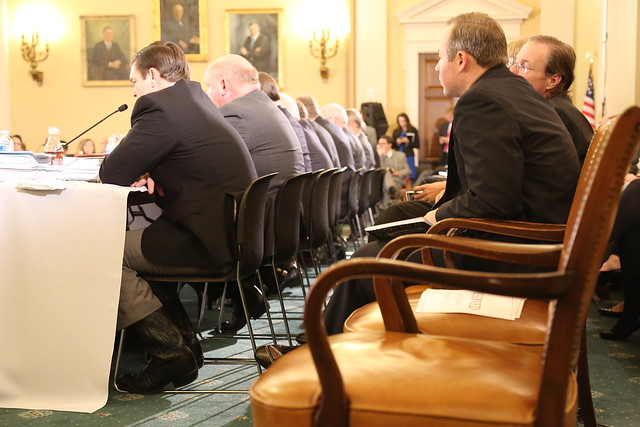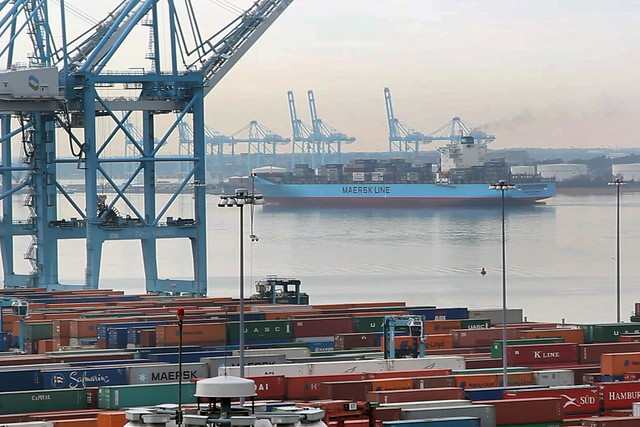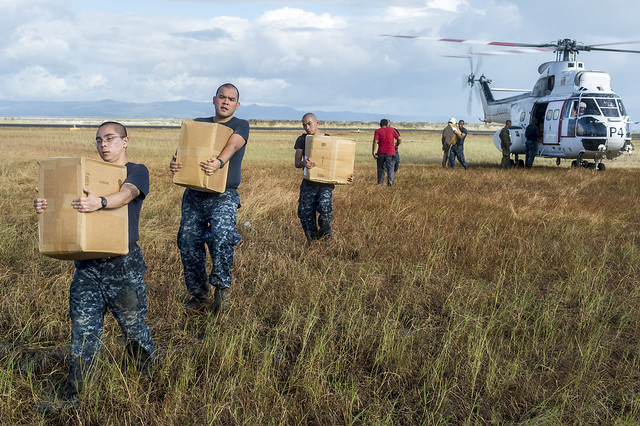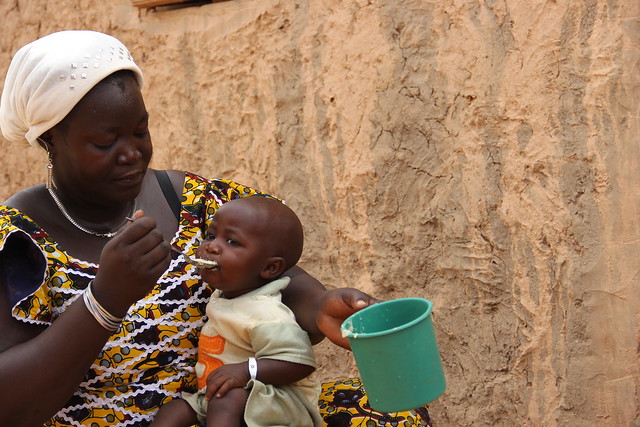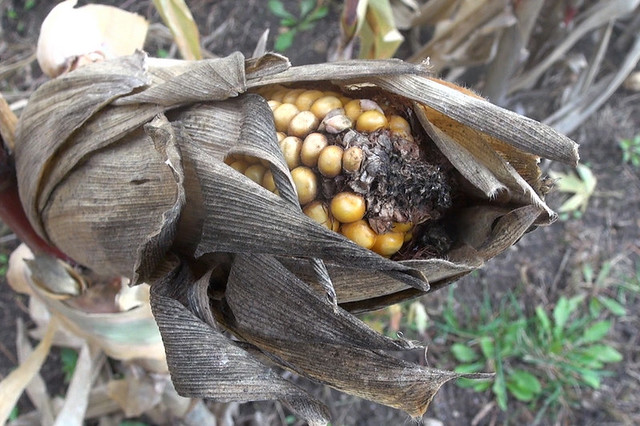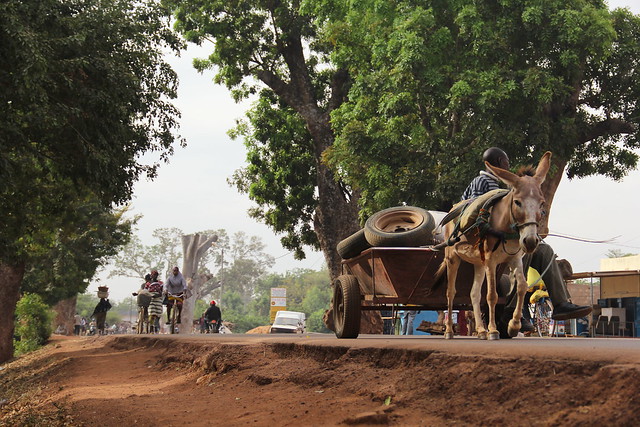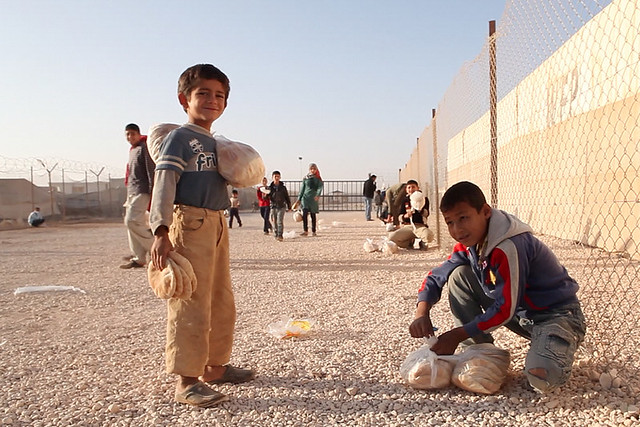Hunger Pains:
US Food Aid Program Struggles to Move Forward
Our team of graduate students from the Medill National Security Journalism Initiative, in collaboration with USA TODAY, spent three months looking into the world’s largest humanitarian food assistance program to see how it was working.
We traveled the same route the food aid did, from the fields of heartland America where it was grown and processed to the commodities exchange where it was sold and to the eastern seaport where its trans-Atlantic voyage began. We followed a shipment and watched as it reached its final destination: the dusty villages of one of Africa’s most impoverished countries, Burkina Faso. And we followed U.S. food assistance money all the way to a teeming Syrian refugee camp in Jordan.
We talked to more than 125 people; the farmers growing corn soy blend in Wisconsin, the stevedores loading the container ships in Norfolk, Va., and the lobbyists and lawmakers in Washington.
We did FOIA requests and pored over countless documents: spending spreadsheets, USAID procurement orders and government watchdog reports dating back to the 1970s.
We analyzed the shortfalls and waste in the system and chronicled the new approaches and research driving change. We scrutinized the past, present and future of taxpayer-funded programs whose ability to deliver on their promise can literally mean the difference between life and death for millions of people in every corner of the world.
The following pages detail those stories.
Please click, explore and share.


